One of the nature’s most prime and useful product can be availed from the use of the nesting boxes. When it comes to the process of raising backyard chicken, numerous dimensions and factors might demand your utmost attention. The eggs that are bought from the stores are quite different from the ones you obtain from the home based settings. The difference between two lies in the coloring mechanisms. The color of the yolk for the eggs grown in the home settings would be more in resemblance to the color of the setting sun at the end of clear cool day, while the yolk color for the eggs produced at the factory settings would be more pale yellowish like a smoggy sun in a hot afternoon.
The reason for which you should prefer to make use of the plans for chicken coop lies in the numerous benefits you would be able to avail later onwards. Almost all of the materials you would need for the coops would be readily available in the ready-made form, so it is evident that there is not much which you would be required to do. In terms of making the most functional chicken nesting boxes, below are the steps and guidelines you would need to consider.
The Number
The prime rule of thumb which can be used here lies in the number of hens you are looking to accommodate in a single nest. Normally, 4 hens won’t mind in terms of sharing a single nesting box among them. The egg laying schedules do vary among the hens, which is the reason for which the chances of the hens fighting each other for the process of egg laying would be the minimal. Moreover, you can also prefer to have two birds in a single nesting box if you have more room.
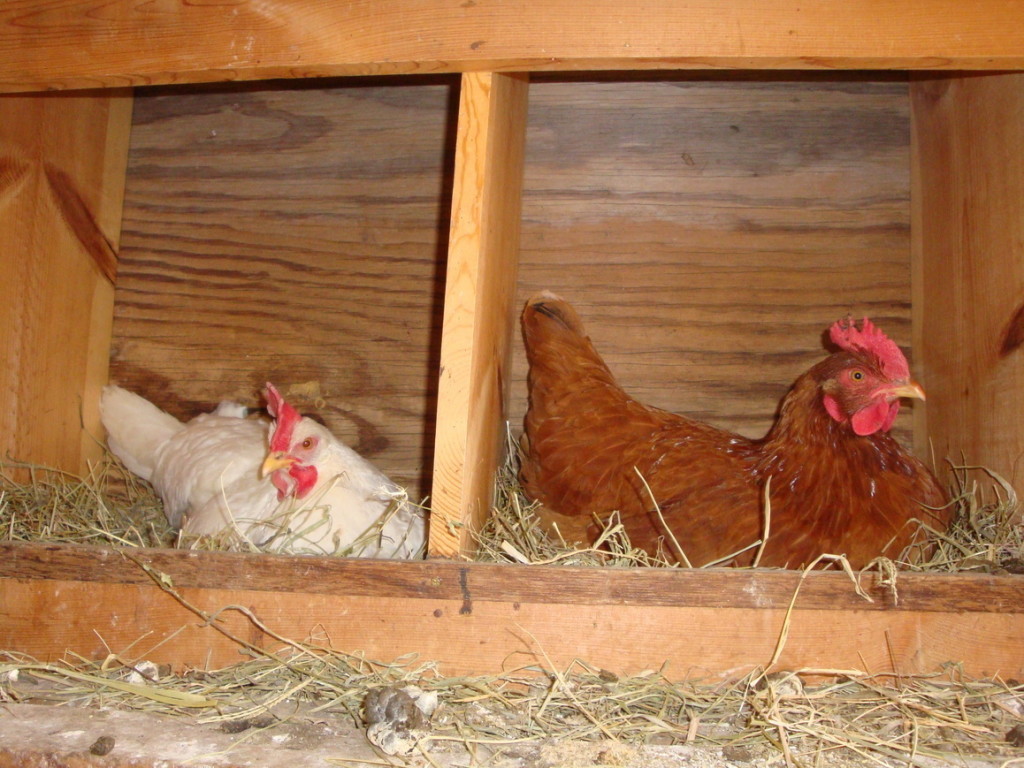
Chicken Nest Box Size
The bigger the size of the livestock might be, the bigger should be the nesting box for them. If you happen to have a number of species which need to be dealt with, then always prefer to keep the size of the largest female bird in mind at times when you would be purchasing all the required materials. This strategy does come in handy for those who want to obtain some consistent and optimal results from the process of domesticating the birds. In terms of the surrounding areas, only a few inches should be left. In other words, the nesting boxes should be about 12 inches square and at the same time, should be 18 inches deep. If you would give them too much space, then there would be a probability that the birds would prefer to spend an extra amount of time in the nest. There are also a number of other chicken nest box ideas which you might love to consider, so it is always conducive to do your homework in this regard beforehand.
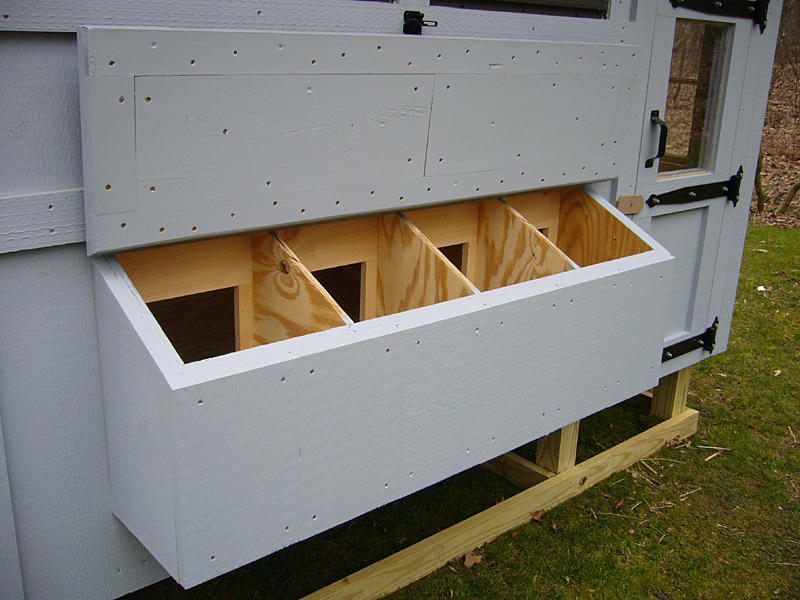
Dimention or setting of nest box
The roof should be marked for its steeply slanted nature or configuration. Otherwise, there are chances that the birds might make use of the roof for the process of roosting. This might lead to the accumulation of some large amounts of coop which will pose a great risk to the health of the animals. At the same time, all other chicken nest box dimensions should be given priority, as the animals might engage in some irrational behaviors if they are not given sufficient accommodation facilities. On an ideal basis, the nest box will have a point of entrance for the hens and would also come to have an access to the egg laying regions which lie at the rare end of the box. The front would be open and at the same time, the back door would remain closed. It would be opened at the time of the egg collection which should always be done at regular basis. This is indeed the ideal set up which you might want to use, but there are some people who never mind in terms of making use of the front door. All these facets must be pondered for the purpose of building chicken nest boxes.
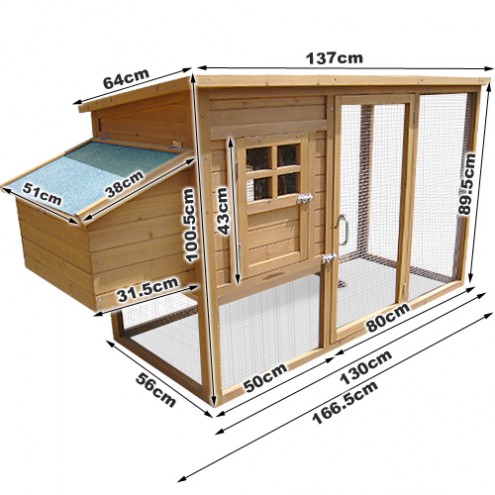
Place
The chickens do love to lay their eggs in the protected regions and spaces. So it is best that the boxes should be hung a few centimeters above the ground, but not too high from the roosting regions. This form of elevation would make it easier for the eggs to be collected.
Bedding Materials
Dried straw and pine shavings might be used for the bedding materials. But here you would need to ensure that the eggs might not be clanged together. It is always conducive to rinse the eggs at regular intervals. The hen nest boxes should also be dealt with utmost care, so that no area might get damaged due to mishandling.
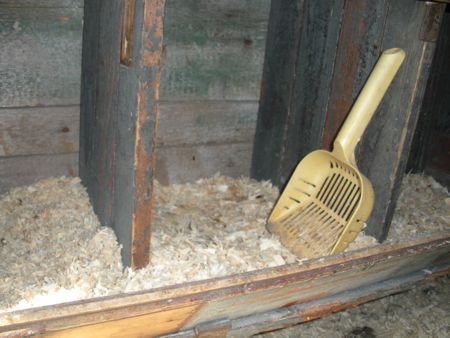
So, now you know how to get the best return on your investment through the use of the most effective chicken nest box design and plan.
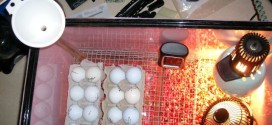

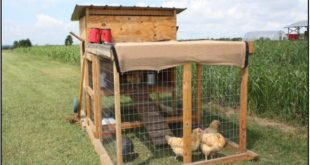
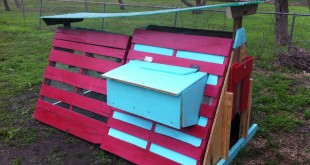
I loved the description of the color difference between a homegrown egg yolk and a mass-produced egg yolk — beautiful! Also, I have 3 hens (one Australorp, which is a fairly big breed) and 2 Rhode Island Reds. The chicken pen we acquired already had 2 nesting boxes. It is interesting, though, that on the days when all 3 lay an egg, sometimes all eggs will be in the same box, and other times, there may be 2 eggs in one box, and the 3rd egg in the other nesting box. Thanks for posting so many interesting articles.